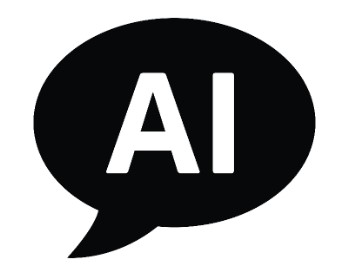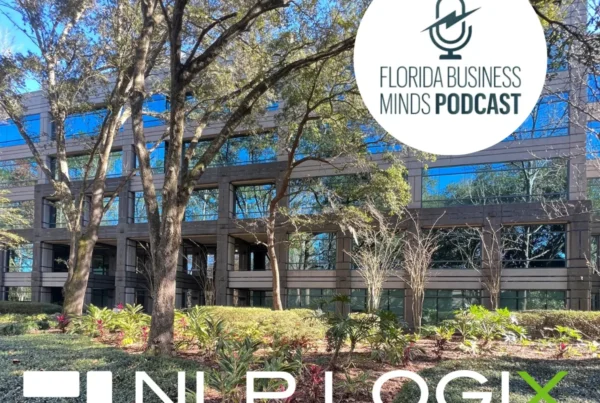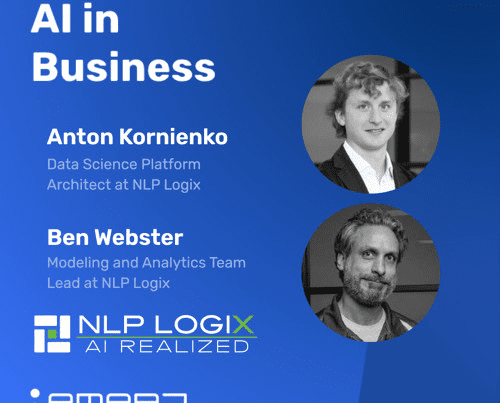ChatGPT: A Note From A Data Science Solutions Architect
ChatGPT: What is it? Why is it a big deal?
If you’ve been online in the last few months, the topic of ChatGPT is difficult to avoid. In fact, ChatGPT overtook AI in Google searches! In the most basic terms, ChatGPT is an algorithm that can generate human-like text from a prompt. ChatGPT is an advanced natural language processing (NLP) technology called a transformer that can understand the meaning of natural language text and generate human-like responses. What makes ChatGPT special is that it has been trained on a vast corpus of text data and uses advanced algorithms to understand and process natural language input. ChatGPT provides helpful responses to users and constantly learns from provided feedback; this is not to say ChatGPT is never wrong – occasionally, ChatGPT has “hallucinations” where it provides wrong answers. Having a human-in-the-loop based approach is a vital part of ensuring that ChatGPT results are accurate and providing value.

Transformer models, first developed by the Google Brain team in 2017, have revolutionized the field of natural language processing. The Generative Pre-trained Transformer (GPT) is “pre-trained” on large amounts of text data using unsupervised learning techniques, which means that it learns to understand the structure and meaning of language from vast amounts of text data without being explicitly taught how to perform specific tasks. GPT can be fine-tuned on specific NLP tasks with industry-specific data, which allows it to perform a wide range of NLP tasks with high accuracy.
How has NLP Logix used similar technologies?
In the same way that an English class focuses on both reading comprehension and writing, natural language processing has both discriminative and generative applications.
Natural Language Processing has been a core area of expertise for the NLP Logix team from the beginning, and has been working with pre-trained and fine-tuned transformer models for discriminative processes for four years. In contrast to generative models such as ChatGPT and GPT3, discriminative models use the same technology to understand data. These applications involve a variety of scenarios including:
- identifying themes in conversational data to recognize the meaning of text.
- sentiment analysis of text to understand the implied emotions behind text.
- comparing the similarity between two texts.
- classifying a document based on a variety of classification structures.

How can NLP Logix work with you to integrate these technologies into your workflow?
Whether you’re interested in incorporating discriminative or generative natural language processing into your workflow, the team at NLP Logix can help, from proof of concept to integration. With 10 years of experience in putting both pre-trained and custom trained NLP models into production, our team of data science experts are ready to help at every step along the way.
The typical language project at NLP Logix starts with an organization bringing their text data to NLP Logix. Given a clear and well-understood natural language problem, such as text classification, the NLP Logix team can get started on a proof of concept right away. If the use case is not immediately clear, the team at NLP Logix will work with you hand-in-hand through our 10Q process to identify the most effective ways to leverage your unstructured data.
If you’d like to learn more about natural language processing at NLP Logix Contact • NLP Logix.





